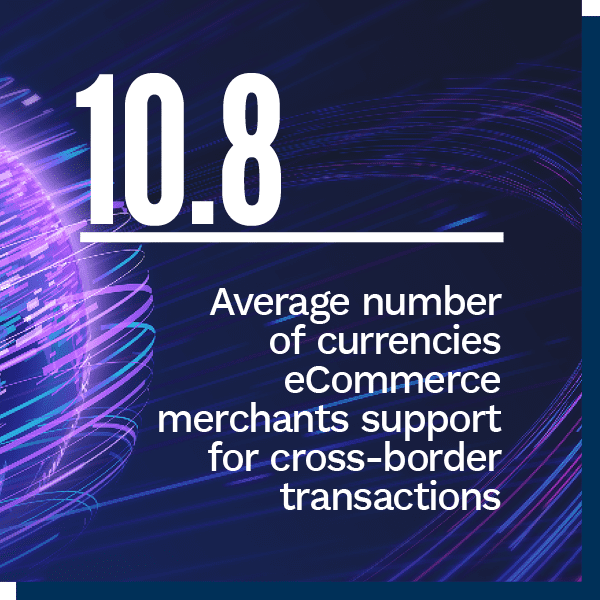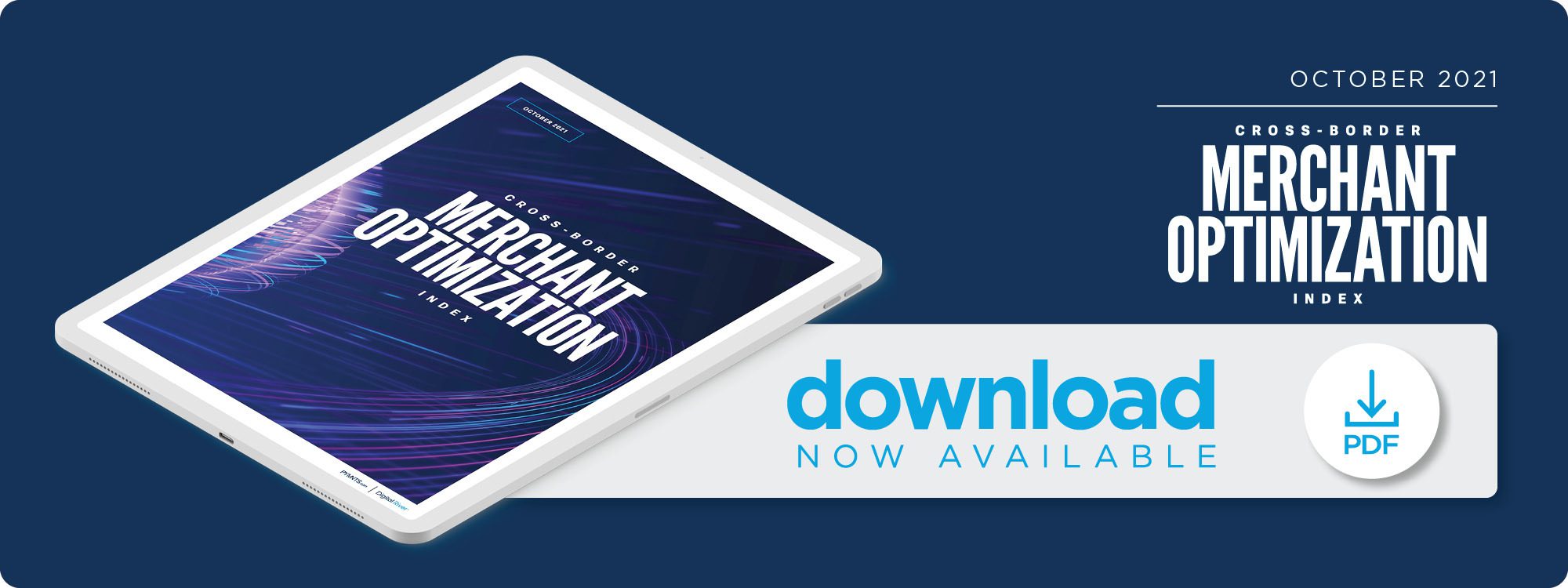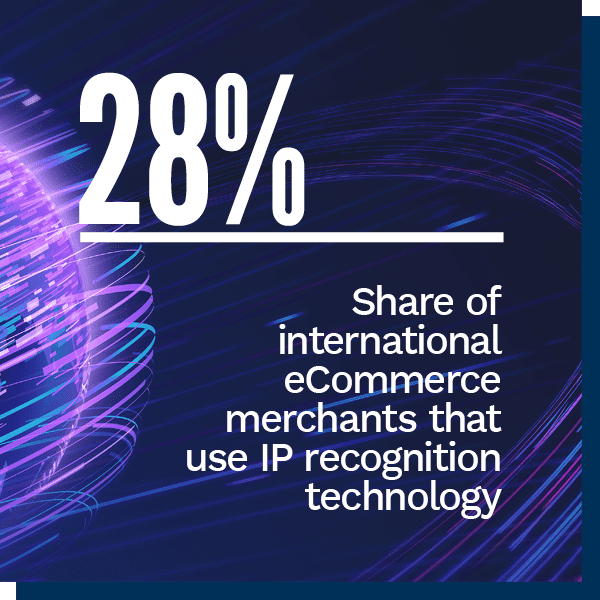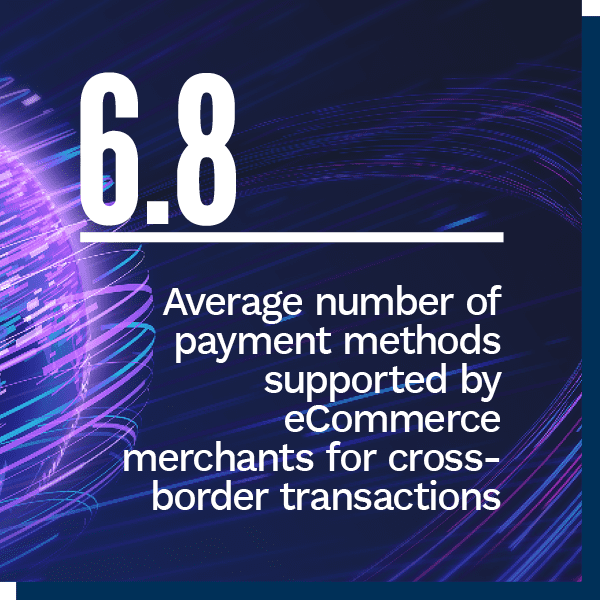New Data Shows How US eTailers Can Overcome Price Barriers and Woo Cross-Border Shoppers

More consumers than ever before are hopping online to buy directly from merchants abroad. Unfortunately, most eTailers are not equipped to capitalize on this opportunity. Just 43% of merchants use IP recognition technology to help personalize their customers’ online shopping experience. This technology can match the language and currencies displayed in checkout to the customer’s geographic location — even though doing so can boost conversation.
This is only one of the key findings we uncovered in The Cross-Border Merchant Optimization Index, a PYMNTS and Digital River collaboration.
We examined the online checkout processes of 137 leading eCommerce sites across six nations to learn which features are vital in meeting cross-border shoppers’ expectations and which merchants are delivering the type of commerce experience that these shoppers have come to expect.
Merchants were assigned a Cross-Border Merchant Optimization Index Score on a scale of 0 to 100, with 0 representing a shopping experience that is so friction-laden that all customers abandon their carts and 100 representing a shopping experience so smooth that all customers complete their purchases.
More key findings from the study include:
- Cross-border eCommerce transactions are 11% more friction-filled for consumers than with domestic transactions. eCommerce merchants tend to provide different shopping features for cross-border transactions than domestic transactions. Nine percent fewer merchants offer guarantee or refund policies for cross-border transactions than for domestic transactions, for example, and 30% fewer offer loyalty and rewards features in cross-border than in the domestic context.
- eCommerce merchants charge on average 17% more for cross-border purchases than domestic ones. Cross-border purchases can be expensive, with taxes, duties and shipping fees all playing a part in driving up costs. eCommerce merchants charge more for shipping on cross-border purchases than for domestic purchases, for example, while also charging more on taxes and duties.
- U.S. merchants overall offer the best cross-border purchasing experience of any nation, but also the most expensive. Our research shows that eCommerce merchants located in the U.S. offer the smoothest
 overall eCommerce shopping experiences, earning the highest overall index scores. The average cross-border purchase made on U.S. merchant sites costs 43% more than domestic transactions made on the same sites.
overall eCommerce shopping experiences, earning the highest overall index scores. The average cross-border purchase made on U.S. merchant sites costs 43% more than domestic transactions made on the same sites.
Providing the suitable currency and other payment localization factors are just one part of a much broader set of features that merchants must provide to maximize cross-border conversation. The Cross-Border Merchant Optimization Index provides an in-depth analysis of the full range of eCommerce offerings that are key to getting more customers to click “buy.”
To learn more about how eCommerce merchants can win over more cross-border customers, download the index.



